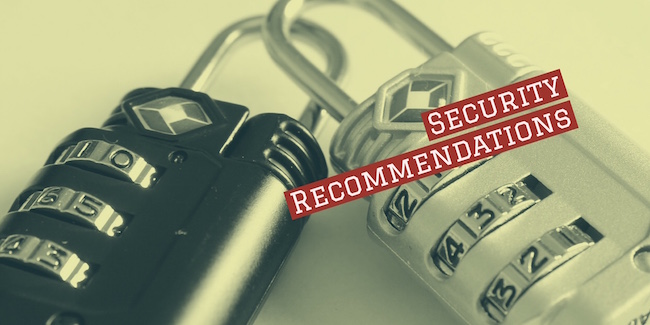One of the best ways to increase conversions for your online store is to instill trust in your customers. In fact, The Global Fraud Index suggests that digital goods retailers have seen more than a 300% increase in fraud attacks since the EMV liability shift in October 2015. That being said, online payments security is at the top of most consumers’ minds.
If your business fails to gain your customers’ trust in both your products and overall payment experience, then you will hinder your growth. If your business accepts credit card payments online, then you need to make an effort to ensure payment security. Use these four tips to provide a more secure payment experience for your customers.
Table of Contents
ToggleSecurity Tips for Online Payments
1. Verify Every Single Transaction
Even though you’re dealing with customer cards in a card not present (CNP) environment there are still ways to verify if each transaction is, in fact, being made by the rightful card owner. These methods include:
- Require customers to include their security code or CVV number on the back of their cards.
- Always make sure there’s an address verification (AVS) match.
- Monitor customer purchase patterns and identify anything out of the norm. For example, if there’s an abnormally large order coming from a returning customer, it’s probably a good idea to call the customer and verify the order.
2. Partner With a Trustworthy Payments Provider
A sure shot way to provide a safe payments experience is to partner with a trusted payments platform. Despite regulations, not all online payments solutions are required to take the same security measures.
When looking for the right business payments platform, it’s important to go with trusted and reputable companies. Stay away from providers that tout things like, “we’ll beat any rate” or “find a lower rate and we’ll match it”. Try and find a company that is transparent about their security measures and has good reviews on trusted services like the Better Business Bureau or Consumer Affairs.
3. Be Wary of Storing Customer Data
When it comes to storing customer data, there are fairly strict regulations in place. That’s because an estimated 95% of credit card data breaches come from small businesses.
Fraudsters assume smaller companies can’t afford proper security infrastructure making them a huge target. The best way to avoid a data breach is to simply not store any payment information once the transaction is successfully cleared.
If you would like to store customer information, then make sure you protect the information by storing data on a 3rd party/cloud-based server or encrypting user data so an intruder can’t identify it.
4. Educate Yourself and Your Team
Despite having proper security systems in place, data breaches are still often caused due to human error. If you and your team aren’t up to speed on proper security techniques and strategies then your surely putting your customer information at risk.
Take a look at some cyber security basics so you can become knowledgeable of potential threats. On a basic level, every team member should be able to verify transactions, identify obscure payment patterns, avoid unsolicited emails, and always report suspicious activity immediately.
While it’s easier said than done, it’s absolutely imperative that your business follows proper security measures when accepting payments online. Use these three tips to get started so you can provide a safe and secure payment environment for your customers.
















